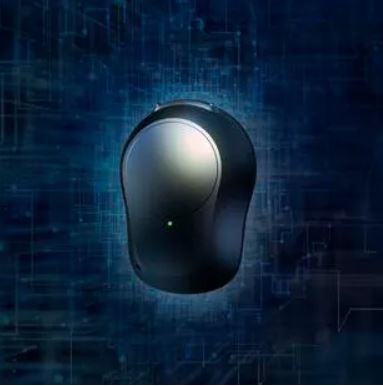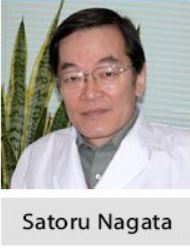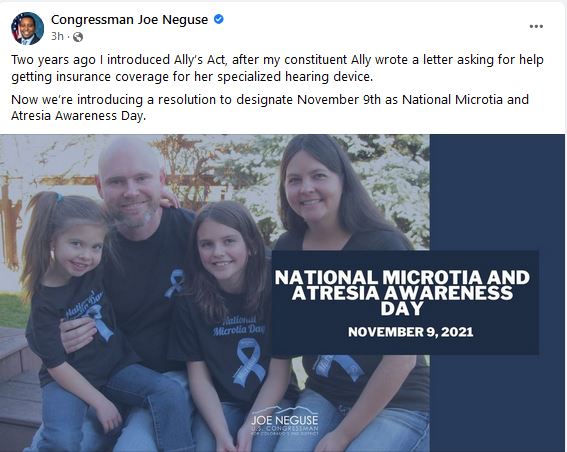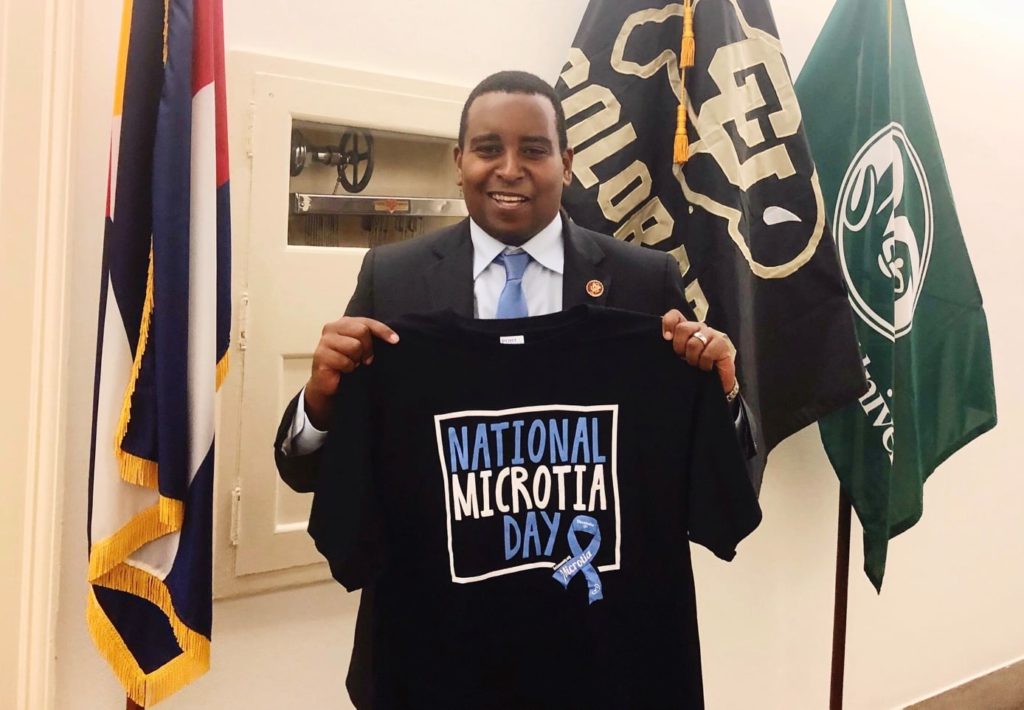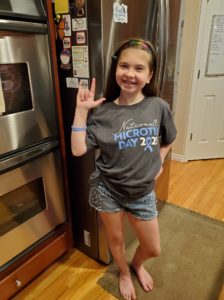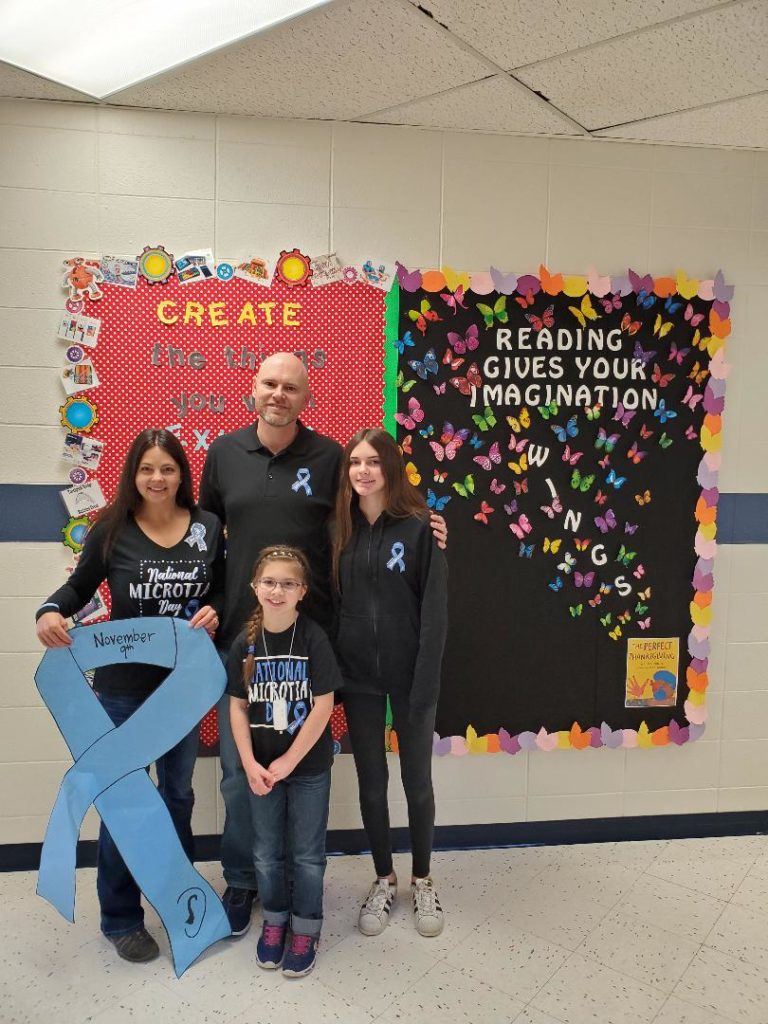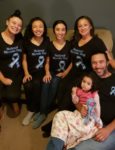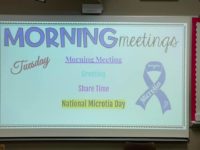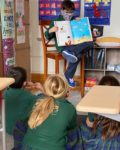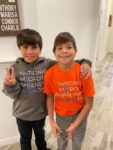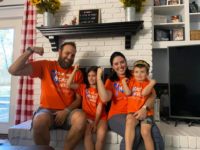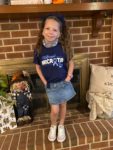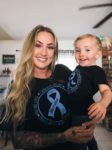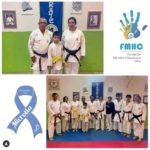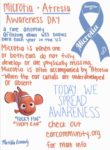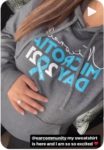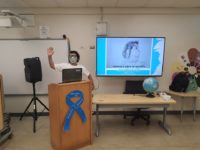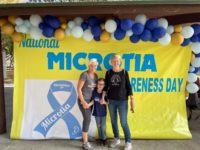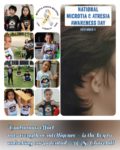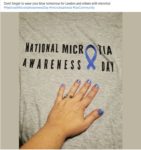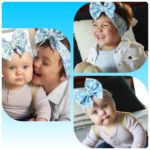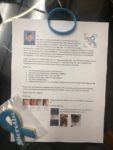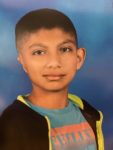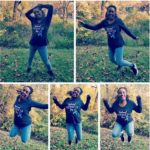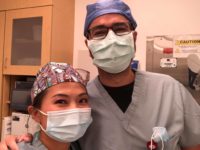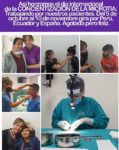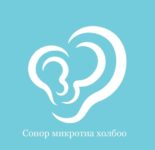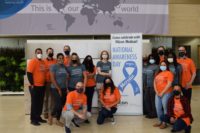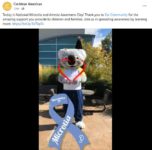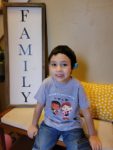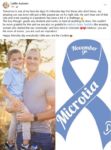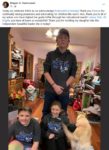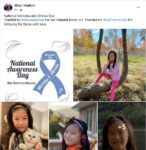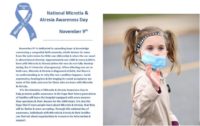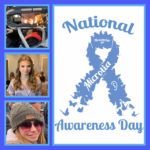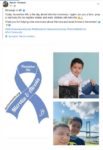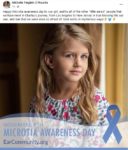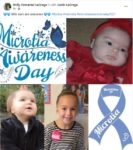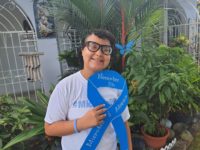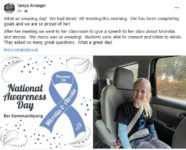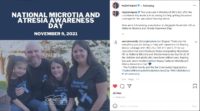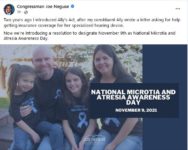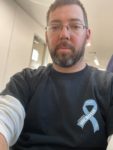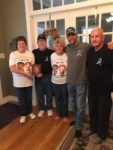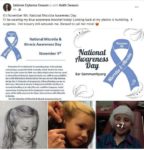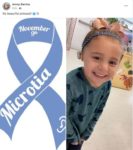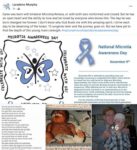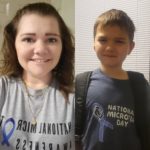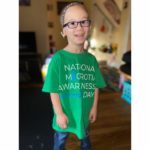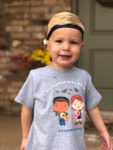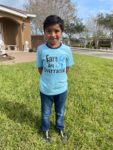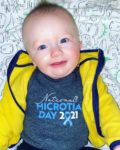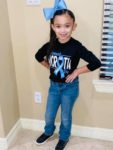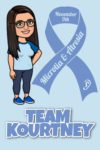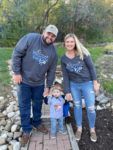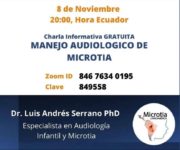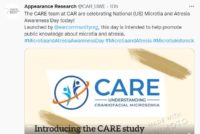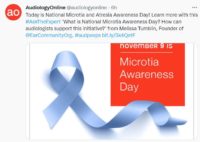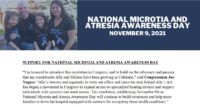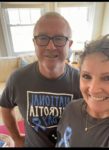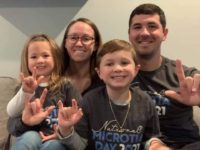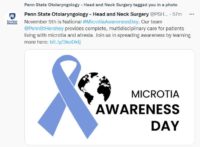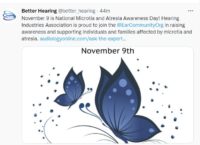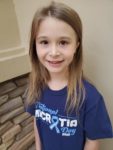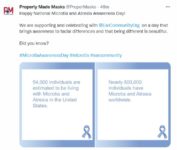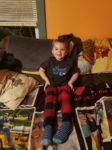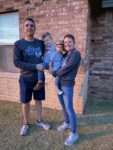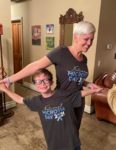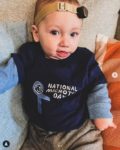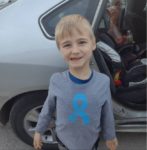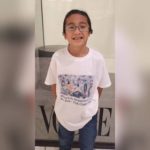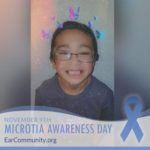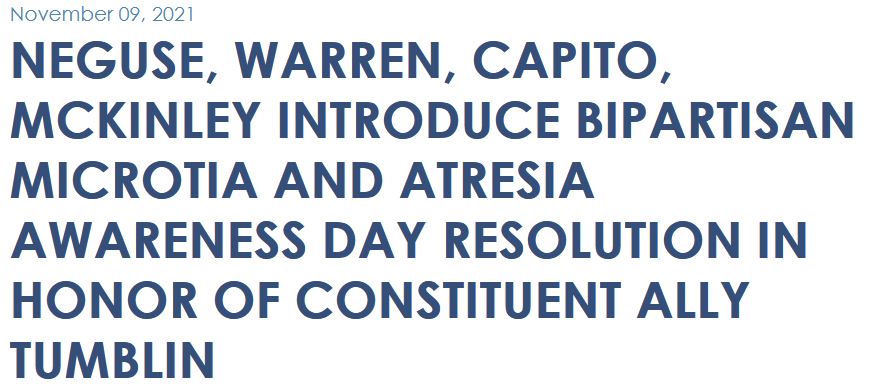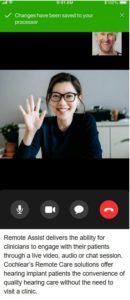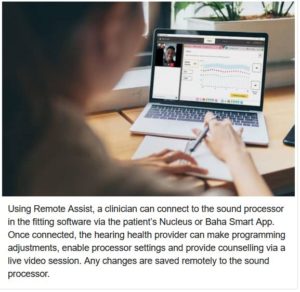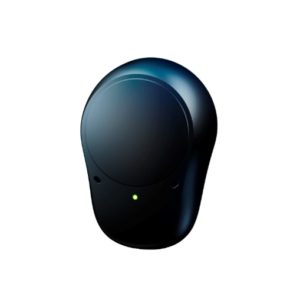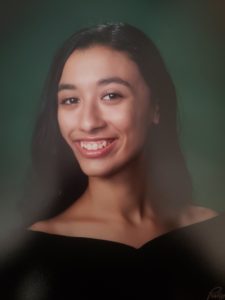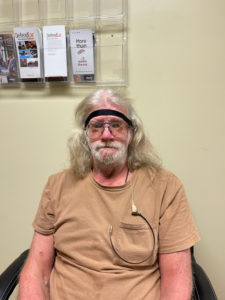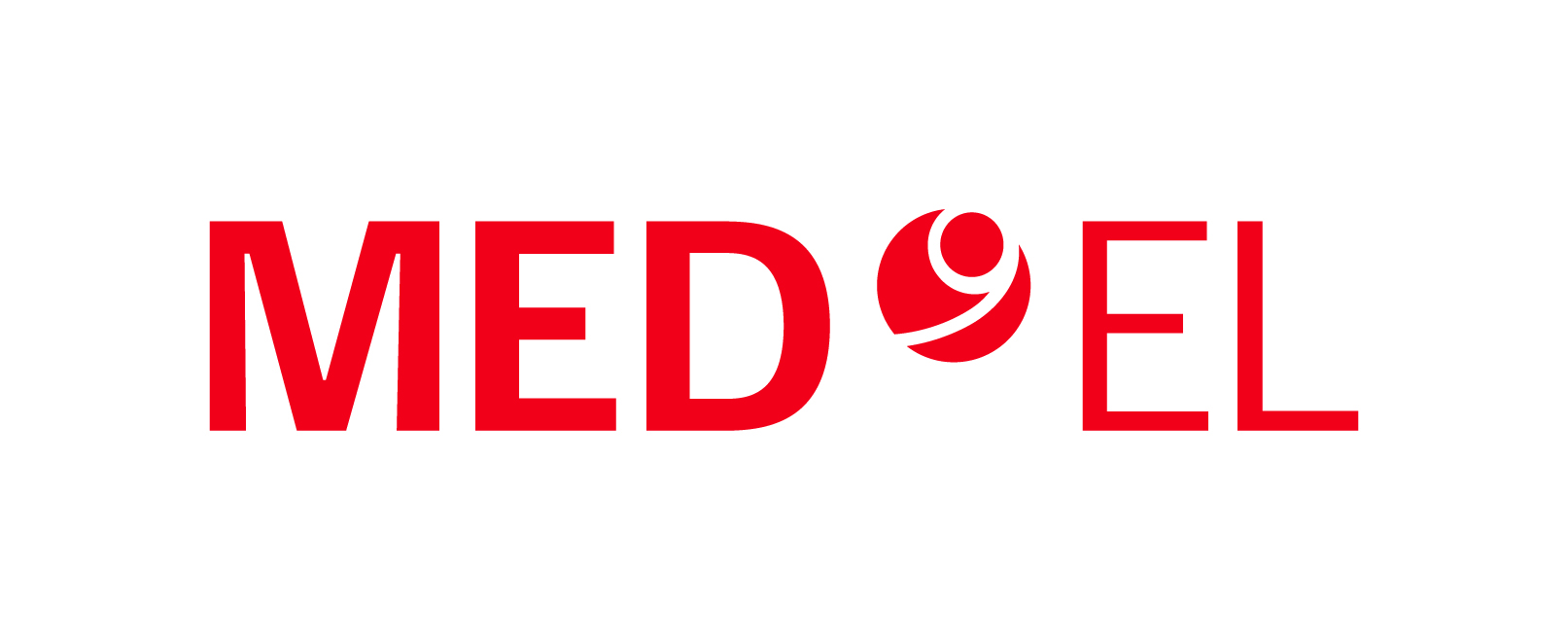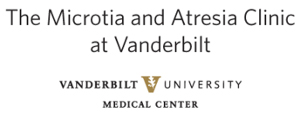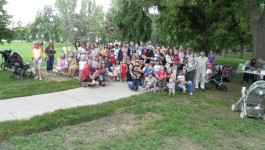Introducing full SuperPower strength in the smallest SuperPower device ever available
The FDA has cleared the new Ponto 5 SuperPower sound processor, which will be available for sale in spring 2022. This product marks the first time that the revolutionary open sound experience will be available in a bone anchored SuperPower device. With a fitting range up to 65 dB HL BC, the Ponto 5 SuperPower delivers powerful sound to help more people get the right solution for their hearing loss. And it is packed with breakthrough features, including industry-first feedback prevention, all in the world’s smallest SuperPower.
Oticon Medical announces that the U.S. Food and Drug Administration (FDA) has cleared the new Ponto 5 SuperPower sound processor, expanding the ground-breaking Ponto 5 family product line. Introducing full SuperPower strength in the smallest SuperPower device ever available, the Ponto 5 SuperPower also delivers significant advancements in sound processor technology – including a patented feature to prevent audible feedback – along with a sleek cosmetic design.
It represents a major advancement of our mission to empower all users by providing the best possible sound experience.
One of the most exciting breakthroughs in the industry, the patented OpenSound Optimizer™ technology in the Ponto 5 SuperPower cracks the code of how to prevent feedback. It works by detecting and preventing audible feedback from occurring, rather than managing feedback by reducing amplification. This enables audiologists to fit users with up to 5 dB† of extra stable gain without compromising on the dynamics of sound.1
In addition, the pioneering OpenSound Navigator™ technology gives users access to their full 360° soundscape, rather than simply focusing on speech as traditional technologies do. This provides users with greater focus and awareness of their surroundings and has been confirmed in a study to significantly improve speech understanding.*2
This combination of unique features works seamlessly across listening environments to deliver breakthrough fuller sound, without the risk of audible feedback.**1
Commenting on the clearance, Jes Olsen, President of Oticon Medical, says, “I’m incredibly proud of this product, and I see the FDA clearance as an acknowledgement of our significant accomplishment and of the ability of this important device to help people with hearing loss. I look forward to our product launch in the near future and to helping even more people get access to powerful sound and the benefits of BrainHearing™ technology. It represents a major advancement of our mission to empower all users by providing the best possible sound experience.”
As part of the Ponto 5 family, the new Ponto 5 SuperPower is also designed with premium details. These include easy connectivity and streaming, the Oticon RemoteCare platform for access to care from anywhere, as well as the state-of-the-art reliability, durability and product quality that have become synonymous with Ponto.
The Ponto 5 SuperPower will become available in the spring of 2022.
†When measured on Ponto 5 SuperPower relative to Ponto 3 SuperPower
*Increased speech understanding when comparing performance with OpenSound Navigator ON relative to OpenSound Navigator OFF.
** For prescribed fittings, according to best practice and during normal use.
1 Data on file at Oticon Medical
2 Data on File – Clinical study BC109
Because sound matters
Oticon Medical is a global company in implantable hearing solutions, dedicated to bringing the power of sound to people at every stage of life. As part of the Demant Group, a global leader in hearing healthcare with more than 16,500 people in over 30 countries and users benefitting from our products and solutions in more than 130 countries, we have access to one of the world’s strongest research and development teams, the latest technological advances, and insights into hearing care. Our competencies span more than a century of innovations in sound processing and decades of pioneering experience in hearing implant technology. We work collaboratively with patients, physicians, and hearing care professionals to ensure that every solution we create is designed with users’ needs in mind. We have a strong passion to provide innovative solutions and support that enhance quality of life and help people live full lives – now and in the future. Because we know how much sound matters.
For more information about the Newly Launched Ponto 5 Superpower, please click here.
